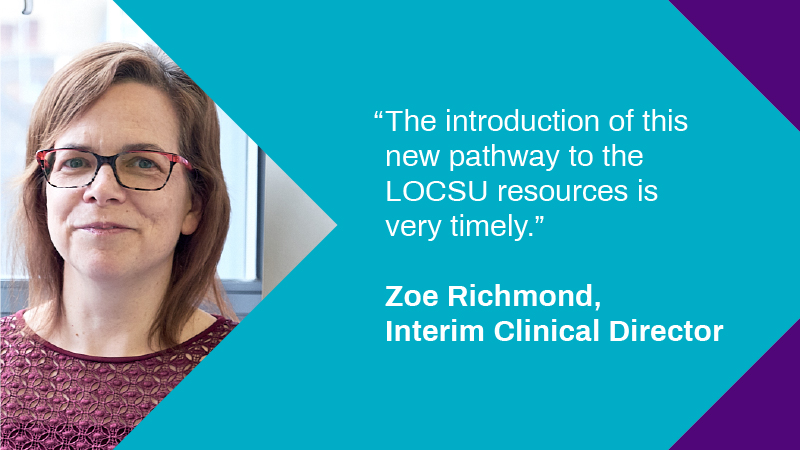Maculopathy Referral Filtering and Monitoring Pathway now available
7 May 2020
The Maculopathy Referral Filtering and Monitoring Pathway is an end-to-end service pathway which aims to improve the efficiency and accuracy of case-finding for AMD, for both new and review patients, to improve the speed at which people are diagnosed and treated within the hospital eye service (HES), to help prevent loss of sight.
The pathway, which was initially ready to publish prior to the ceasing of routine activity, has been updated in May 2020 to align to CUES (COVID-19 Urgent Eyecare Service). It describes how primary care optical practice can better support the early identification and referral of people presenting with wet maculopathy. The condition can develop quickly causing central vision loss, however, many cases are treatable meaning that early identification and fast track referral are essential.

The pathway will be of great value to practices currently delivering urgent eyecare, as part of a CUES Service or otherwise, allowing patients to be treated more efficiently and accurately. It is a whole system pathway which allows referral filtering for people presenting with signs and symptoms of wet maculopathy but also for the monitoring of patients who have late stage disease. The pathway includes how routine monitoring can be delivered within optical practice. Patients with late AMD who have identified a change following self-monitoring are also included.When routine activity resumes, patients following routine diabetic screening who require further checks to rule out wet maculopathy can also be seen within the service, reducing the numbers attending the HES.
Wet AMD in particular has been identified as a major challenge for ophthalmology services (GIRFT Programme Opthamology Report, Dec 2019). The new pathway includes the use of OCT scans in primary care, with the aim of reducing unnecessary referrals, in line with the recommendation of the GIRFT Report which stated “Where this screening pathway includes optical coherence tomography (OCT), it reduces unnecessary referrals significantly.” The inclusion of OCT is also consistent with the NICE guideline on age-related macular degeneration (guideline [NG82] published Jan 2018) which advises that people with late AMD (wet active) should be offered ongoing monitoring with OCT for both eyes.
Zoe Richmond, LOCSU Interim Clinical Director said “The introduction of this new pathway to the LOCSU resources is very timely. Through the widespread implementation of CUES, many more optometrists are delivering urgent and emergency services in optical practice”
LOCs can view full details of the pathway by logging into the Members area via the login area in the website footer.

